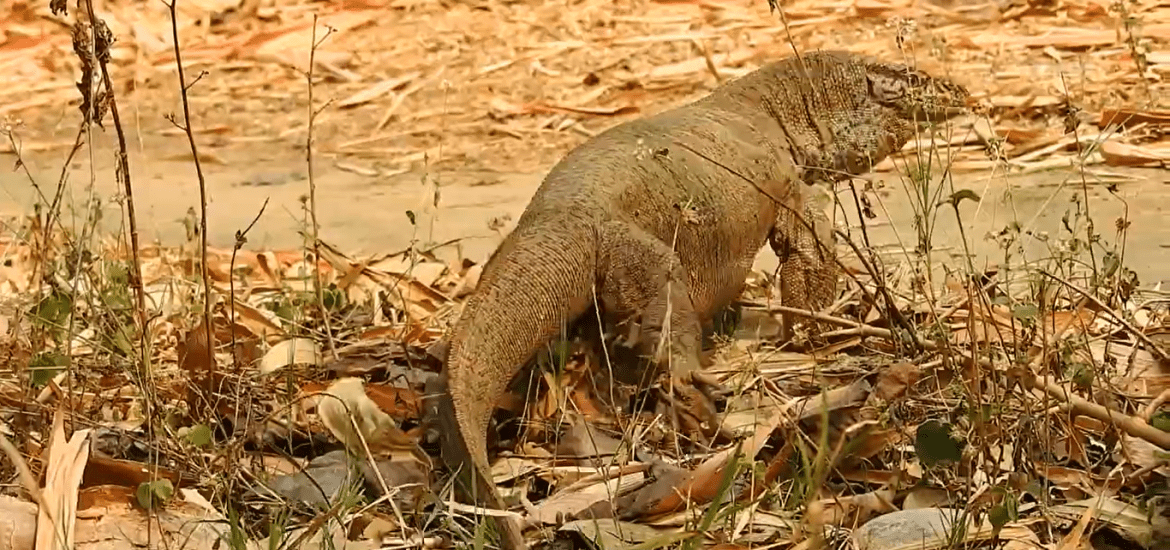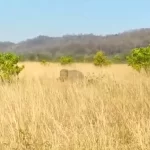Pre-historic in its appearance, the monitor lizards remind one of a miniature dinosaur of the bygone eons. By lizard standards, the monitor lizards are large creatures. There are approximately 80 species of monitor lizards found in Africa, Asia and the Oceania. While the largest of the monitor lizards is the three meter long Komodo Dragon, found exclusively on the Komodo island in Indonesia, the smallest monitor lizard is the Dampier Peninsula Monitor of Australia, a mere 23 cm long creature. Monitor Lizards are mostly terrestrial with some species evolved to be arboreal and a few being aquatic. They are primarily predators and their diet includes small mammals, birds, reptiles, fish, amphibians, insects and eggs. Some species include fruit and other form of vegetation in their diet as well.
Monitor Lizards belong to genus ‘Varanus’. This is a derivation of Arabic word ‘waral’ which means ‘monitor’. It is believed that this refers to the habit of some species of monitor lizards to stand on their hind legs to monitor their surroundings.
Bengal Monitor is a common species of monitor lizard occurring across most parts of India. It is a common occurrence in Corbett Tiger Reserve where these can be seen from March till early November. This large Bengal Monitor, measuring almost a meter in length, is one of the two individuals whose territory includes the grounds of Jim’s Jungle Retreat. They are often seen in the scrub and close of our waterholes. Today, this Bengal Monitor was recorded by our naturalist Jeewan Rautela, close on the Mahavan Trail, while it was on a look out for something to hunt.
Our mini dinosaurs – the Bengal Monitor at Jim’s Jungle Retreat





